Blog
Blog Posts
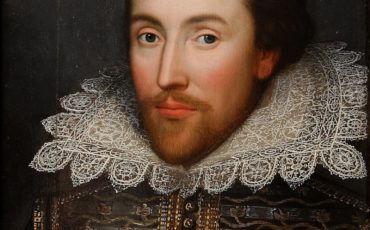
William Shakespeare at the Victoria & Albert Museum in London
William Shakespeare (1552 to 1616) was undoubtedly our greatest playwright and poet. He lived until the age of fifty-two and although he was born and is buried in Stratford-upon-Avon, it was in London that he made his fame and fortune. Known as The Bard of Avon, his plays are regularly revived on the London stage, and the Globe Theatre, where he made his reputation as a playwright, was rebuilt in the late twentieth century largely as a result of the efforts of the American actor and theatre director Sam Wanamaker.
Read more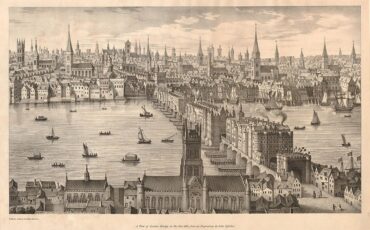
History of the Old London Bridge, the Original Bridge Over the River Thames
One of the most striking and admired structures throughout the history of the City of London is its medieval inhabited stone bridge. Bridges with houses were relatively common in medieval Europe; examples include Bath’s Pulteney Bridge, which is still open for business. However, the old London Bridge, aka the Bridge, as it was commonly known, was the most populous of them all. It is calculated that its 140 houses housed 800 people in the fourteenth century, and the Bridge’s population averaged 500.
Read more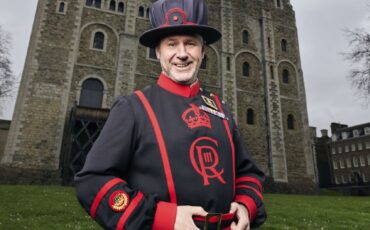
Tower of London Ravenmaster: Guardian of Birds and Legend
According to legend King Charles the Second, who ruled Great Britain for twenty five years after the restoration of the monarchy in 1660, was told, when the astronomer royal Sir John Flamsteed complained about the ravens, that the safety of the kingdom was threatened if the birds ever left the Tower of London. King Charles then decreed that there should always be at least six ravens there to prevent the Tower – and the kingdom – falling down. History does not record what Flamsteed thought of this decision but he had to accept it.
Read more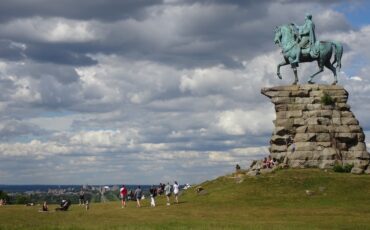
Exploring Windsor Great Park
If you are in London and planning a trip to Windsor Castle, why not make it a full day and include a visit Windsor Great Park? In 2021, the park was crowned the UK’s most popular free attraction. This ancient Royal landscape of forests, lakes, and gardens really deserves a visit, boasting over 1000 years history, monuments and rare wildlife, a national collection of plants, champion trees, a farm, vineyard and forest.
Read more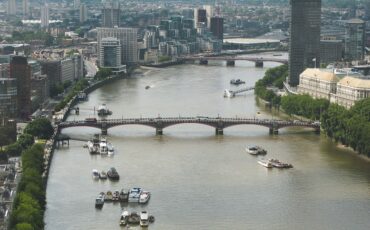
Major Bridges Over The River Thames in London
There are now many ways to cross the River Thames in Central London – although for many years, the only bridge across the river was London Bridge. Originally built by the Romans and moved from its original site, London Bridge was replaced in 1971 by a modern bridge that takes people from Southwark to the City and affords them fine views of Tower Bridge. This article looks at each of the main bridges over the River Thames in London, starting with the famous Tower Bridge.
Read more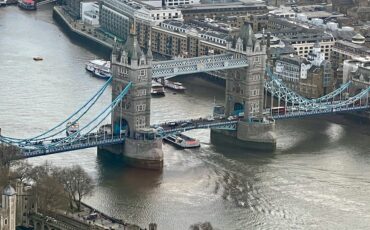
London Bridge vs Tower Bridge
London’s 35 bridges over the River Thames whisper tales of Roman conquests, Victorian ingenuity, and soaring modern visions. Among them stand London Bridge and its grand neighbour, Tower Bridge. Despite their stark differences in history and design, some visitors often confuse London Bridge and Tower Bridge, unaware of the rich narratives that set them apart.
Read more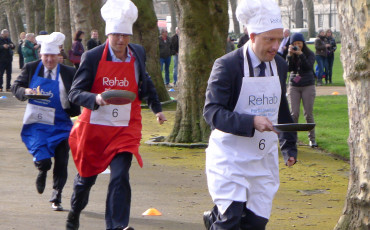
Shrove Tuesday aka Pancake Day in London
If you are looking for a quintessentially British event in February, then you must witness Pancake Day racing. The old religious festival of Shrove Tuesday is when Christians ate a rich meal using butter and sugar before beginning the fast of Lent. This day always falls 47 days before Easter Sunday, so the date varies yearly and falls between February 3 and March 9. This year, Shrove Tuesday will take place on Tuesday, 13th February.
Read more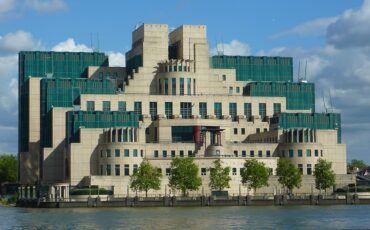
Vauxhall London: Unveiling the Mysteries of a Historic Neighborhood
The main attraction in Vauxhall is a building you cannot enter. Vauxhall Cross is the headquarters of the Special Intelligence Services (formerly MI6) and the employer of Britain’s most famous fictional secret agent, James Bond, often referred to simply by the number 007. The double 00 prefix indicates that Bond has a ‘licence to kill’, an invention of his creator Ian Fleming who worked for Naval Intelligence during the Second World War when the double 0 symbol indicated that a document was classified as ‘top secret.’
Read more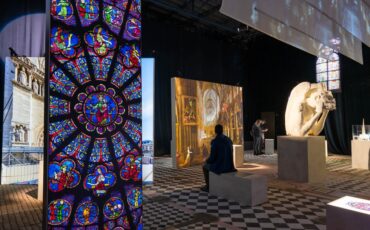
Notre Dame is Coming to Westminster Abbey in London from Paris
Westminster Abbey is the venue for an augmented reality exhibition that will transport visitors through the history of Notre Dame Cathedral in Paris. Notre Dame de Paris, The Augmented Exhibition will be in the Chapter House between 7th February and 1st June 2024. It is the only time the exhibition, which began in Dubai and has been seen in America, China, Germany, Canada, and Mexico, will be seen in Britain, and entry is included in the admission price to the Westminster Abbey.
Read more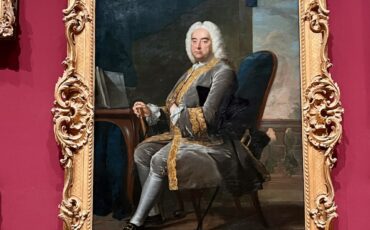
Zadok The Priest: A Hymn Sung At Every Coronation in Westminster Abbey Since 1727
George Frideric Handel’s Zadok the Priest has been sung at every coronation since that of King George the Second in 1727. The coronation ceremony takes place at Westminster Abbey when the incoming monarch is crowned by the Archbishop of Canterbury, the head of the Church of England. Westminster Abbey is the royal church of the United Kingdom and stands near to the Houses of Parliament.
Read more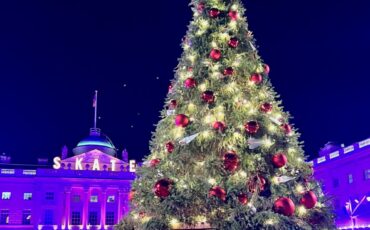
8 Christmas Trees in London for the 2023 Festive Season
Like every major city in the Western world, London celebrates Christmas. For the visitor the most obvious sign of this are elaborate Christmas trees around the capital. Here are a few of them:
Read more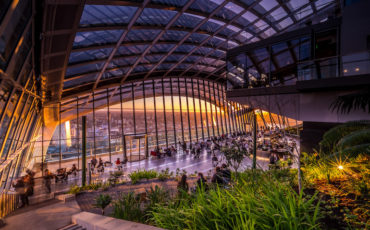
Best Places To See London From Above
A viewing gallery has opened on top of the new skyscraper at 22 Bishopsgate. Visitors to London can get views of the City without paying if they find the London Eye or The Shard too expensive. It joins the Sky Garden on top of the Walkie-Talkie building as a viewing platform which is accessible to the general public and free of charge. Café/bars serving hot and cold drinks can be found in both locations, but visitors are under no obligation to buy anything. Both viewing platforms have free toilet facilities.
Read more


